Coanda effect
This was presented on May 2019, and I have a video of my presentation. The purpose of this presentation is to introduce the mathematical mechanisms that explains Coanda effect.
Introduction
What is Coanda effect?


Principles
What is the mechanism?



Modeling
Case 1: Plane surface
From 1960 research(Ref 1), the rettachment is the main purpose.









Case 2: Curved surface
From 2012 research(Ref 3), mathmatical modeling of curved surface coanda effect was conducted.


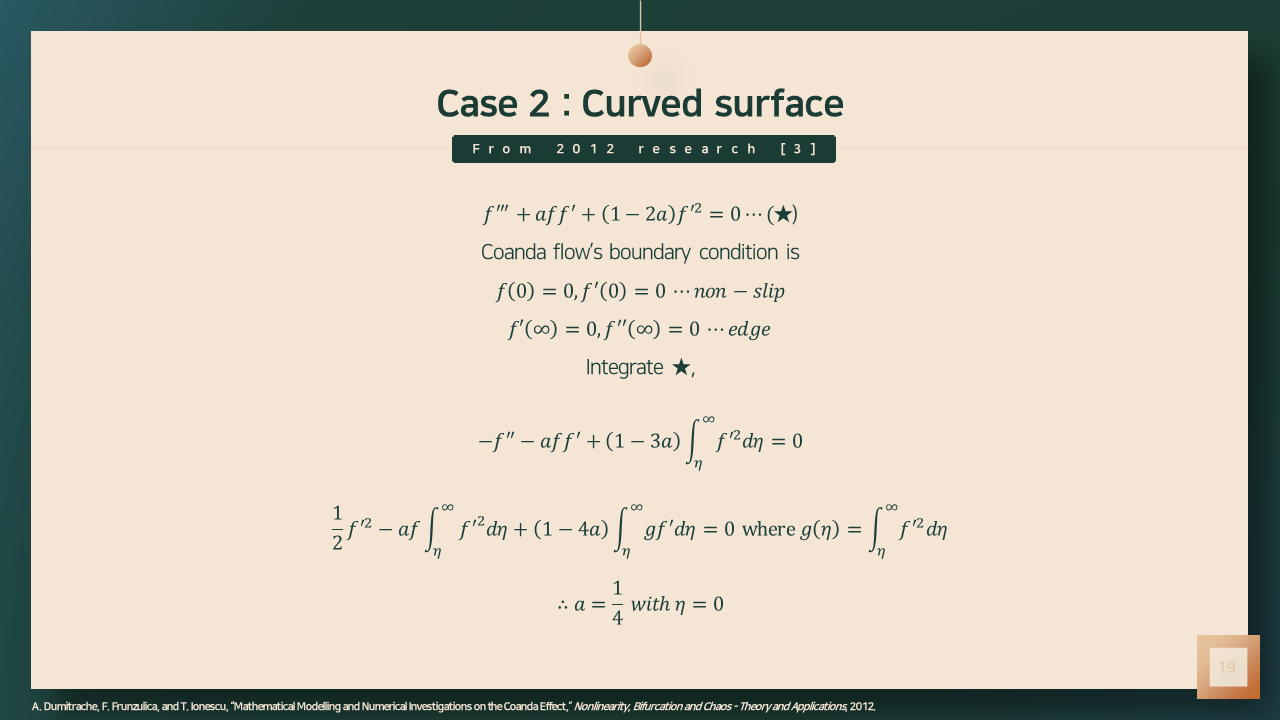
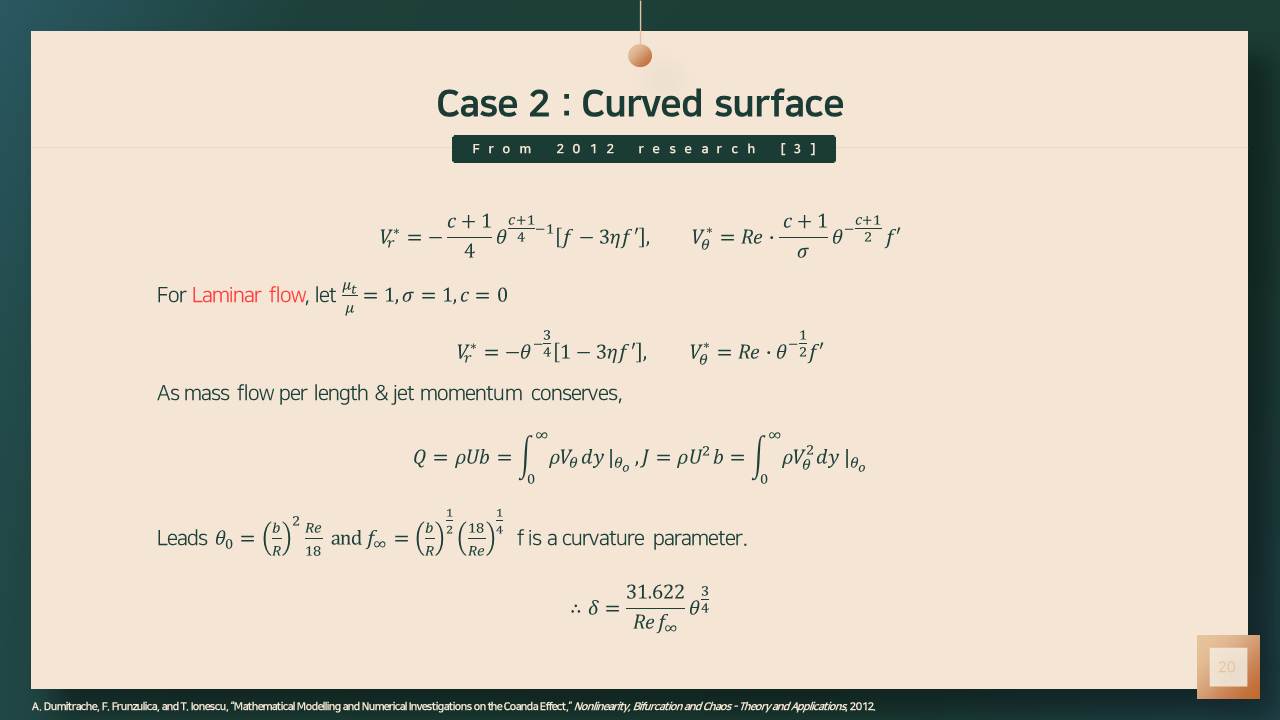
Case 2-extra: Also curved surface
From 1954 research(Ref 2), using complex analysis.
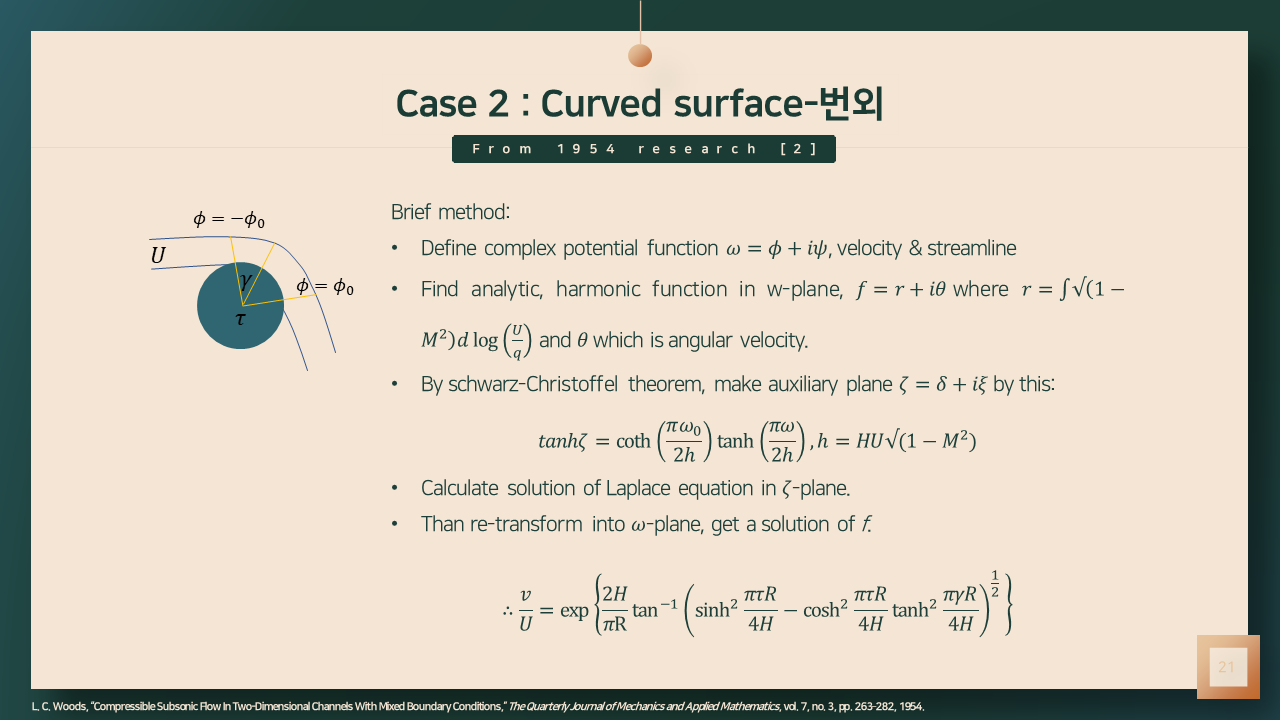
Verification
From 2004 research(Ref 4)

Conclusion
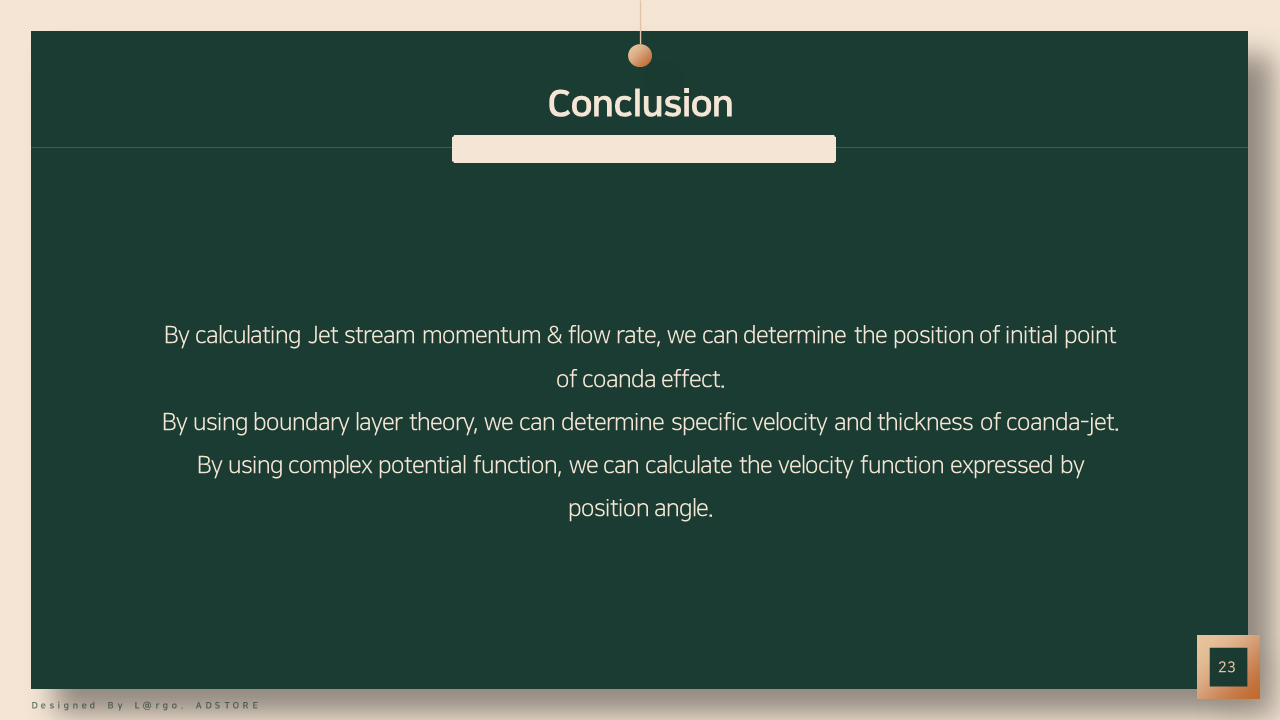
Reference
- C. Bourque and B. G. Newman, “Reattachment of a Two-Dimensional, Incompressible Jet to an Adjacent Flat Plate,” Aeronautical Quarterly, vol. 11, no. 03, pp. 201–232, 1960.
- L. C. Woods, “Compressible Subsonic Flow In Two-Dimensional Channels With Mixed Boundary Conditions,” The Quarterly Journal of Mechanics and Applied Mathematics, vol. 7, no. 3, pp. 263–282, 1954.
- A. Dumitrache, F. Frunzulica, and T. Ionescu, “Mathematical Modelling and Numerical Investigations on the Coanda Effect,” Nonlinearity, Bifurcation and Chaos - Theory and Applications, 2012.
- “Coandă effect,” Wikipedia[Online]. https://en.wikipedia.org/wiki/Coandă_effect [Accessed: 20-May-2019].
- “Boundary layer,” Wikipedia[Online]. https://en.wikipedia.org/wiki/Boundary_layer [Accessed: 20-May-2019].
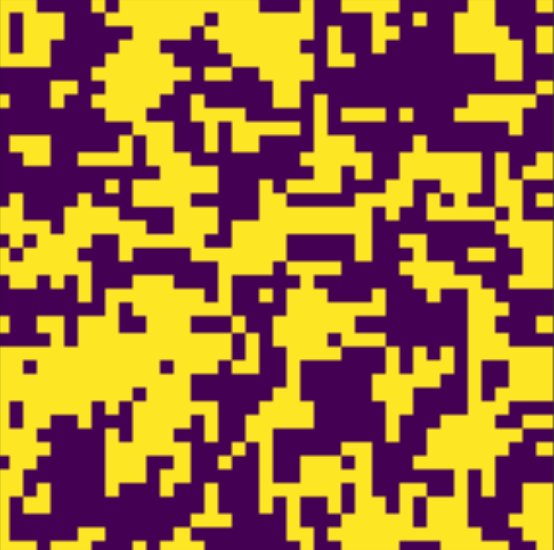
Comments